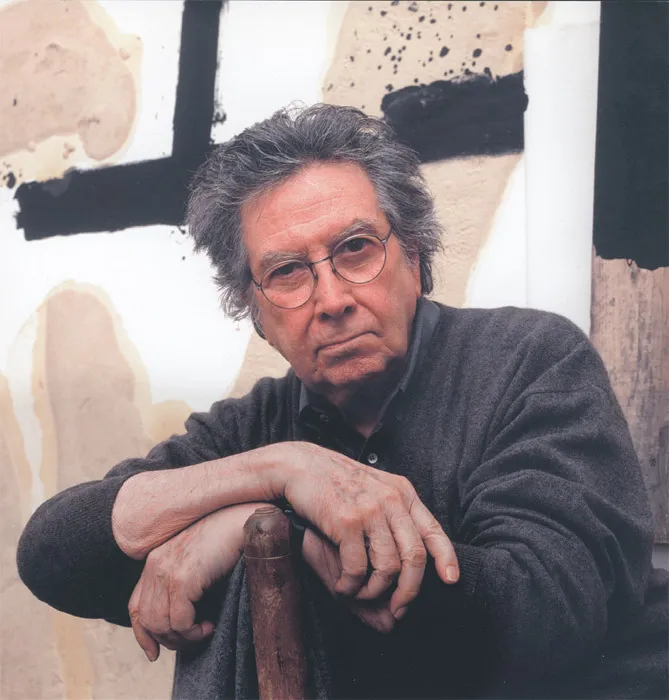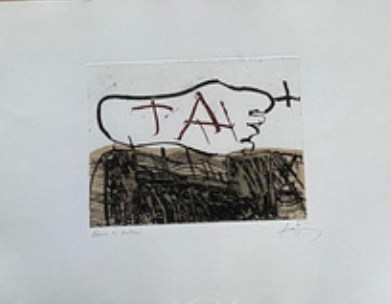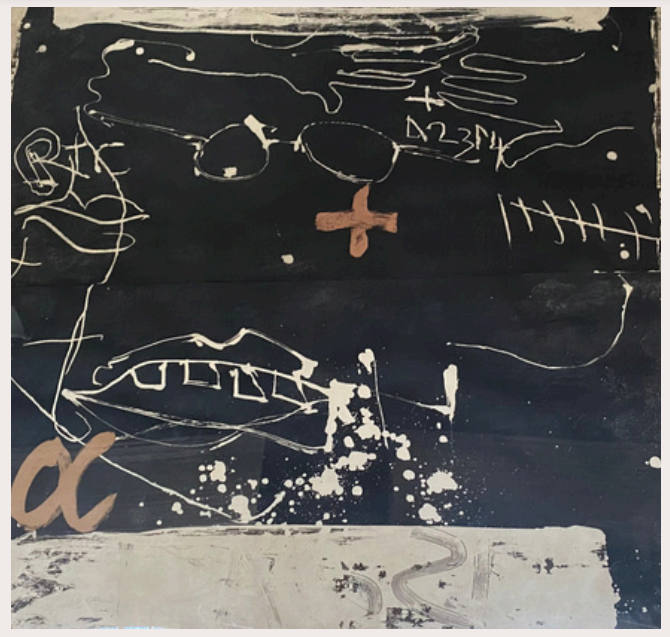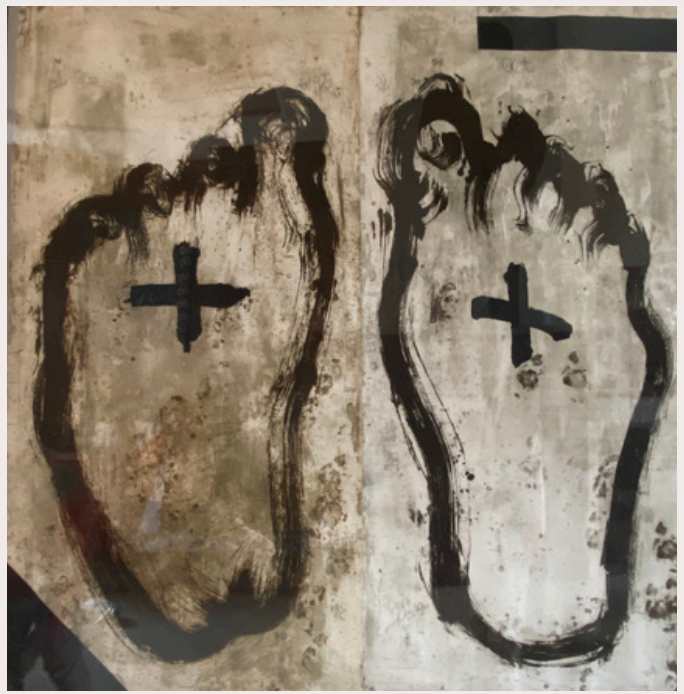Antoni Tàpies (1923–2012) was a Spanish painter, sculptor, and art theorist, widely regarded as one of the most important European artists of the 20th century. He was a leading figure in the Informalism and Abstract Expressionism movements, known for his heavily textured, mixed-media works that incorporated unconventional materials such as sand, marble dust, and industrial waste.
Early Life and Education
Born in Barcelona, Spain, on December 13, 1923, Tàpies grew up in a highly intellectual and Catalan nationalist family. He studied law for a short time at the University of Barcelona but abandoned his studies in the 1940s to pursue art. His early works were influenced by Surrealism, particularly the work of Joan Miró and Paul Klee.
Artistic Style and Influence
In the 1950s, Tàpies moved away from Surrealism and became a key figure in Art Informel, a European movement that emphasized raw textures and abstract forms. His paintings often featured earthy colors, scratched surfaces, graffiti-like markings, and everyday objects embedded in the canvas. His work was deeply influenced by Zen Buddhism, existentialism, and the political struggles of Francoist Spain.
His later works incorporated symbols, letters, and crosses, often reflecting themes of spirituality, mortality, and Catalan identity. He also created large-scale sculptures and public installations, expanding his artistic practice beyond painting.
Recognition and Legacy
Tàpies gained international recognition and exhibited in major museums, including the Museum of Modern Art (MoMA) in New York, the Tate Gallery in London, and the Centre Pompidou in Paris. In 1984, he founded the Fundació Antoni Tàpies in Barcelona to promote contemporary art.
Throughout his career, he received numerous awards, including:
- Golden Medal of Fine Arts (Spain, 1981)
- Wolf Prize in Arts (1981)
- Gold Medal of Catalonia (2007)
He passed away on February 6, 2012, in Barcelona, leaving behind a powerful artistic legacy that continues to inspire contemporary artists.





